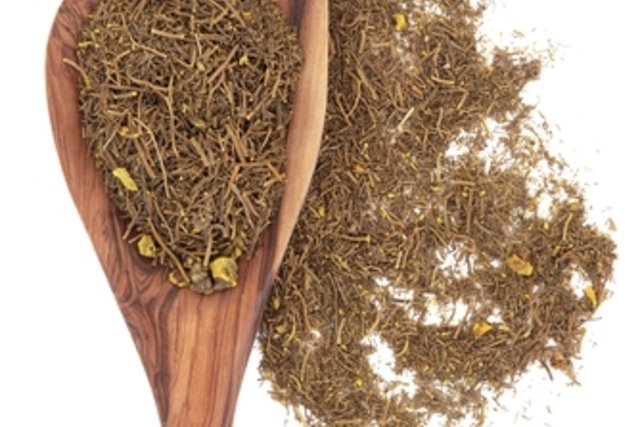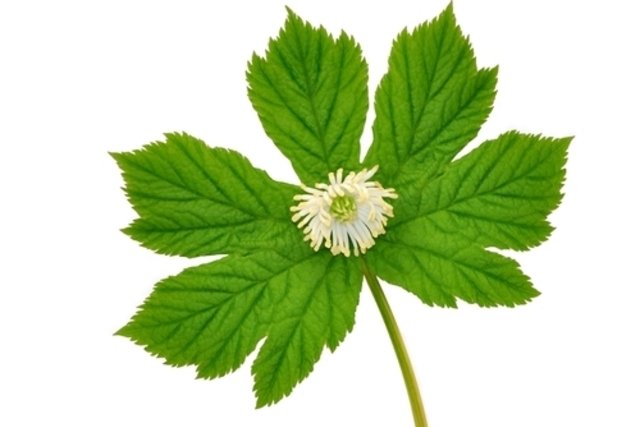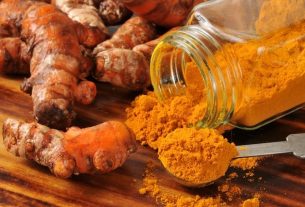Hydraste is a medicinal plant, also known as yellow root, which has anti-inflammatory and antimicrobial properties, being effective in helping to treat conjunctivitis and fungal infections, for example, in addition to being able to strengthen the immune system and leave the person more protected. against microbial diseases.
The scientific name of hydraste is Hydrastis canadensis L. and can be found in health food stores.

What is Hydraste used for?
Hydraste has digestive, expectorant, astringent, stimulating, anti-inflammatory, antimicrobial, antiandrogenic, antidiarrheal and homeostatic properties. Thus, the hydrast can be used to:
- Help in the treatment of conjunctivitis and eye irritation;
- Relieve the symptoms of digestive problems, such as diarrhea, colitis, dyspepsia and gastritis, for example.
- Help in the treatment of nasal congestion, sore throat and ulcers;
- Help in the treatment of fungal, parasite and bacterial infections.
Furthermore, hydraste can be used to alleviate the symptoms of hemorrhoids and combat excessive menstruation, for example.
How to use the Hidraste
The used part of the hydraste is its root and can be used to make teas and infusions. To make hydraste tea, simply add 1 teaspoon of hydraste to 250 ml of boiling water and leave for around 15 minutes. Then strain and use.
Side effects and contraindications
The side effects of using hydrast appear when consumed in high quantities and without a doctor’s or herbalist’s recommendation, which can lead to a sensation of needles in the hands, a decrease in white blood cells, nausea and vomiting.
Hydraste should not be consumed by pregnant women, as it stimulates uterine contractions, which can cause a miscarriage, lactating women and people with hypertension, as they can increase blood pressure even further.

Sign up for our newsletter and stay up to date with exclusive news
that can transform your routine!
Warning: Undefined array key "title" in /home/storelat/public_html/wp-content/plugins/link-whisper-premium/templates/frontend/related-posts.php on line 12
Warning: Undefined array key "title_tag" in /home/storelat/public_html/wp-content/plugins/link-whisper-premium/templates/frontend/related-posts.php on line 13




